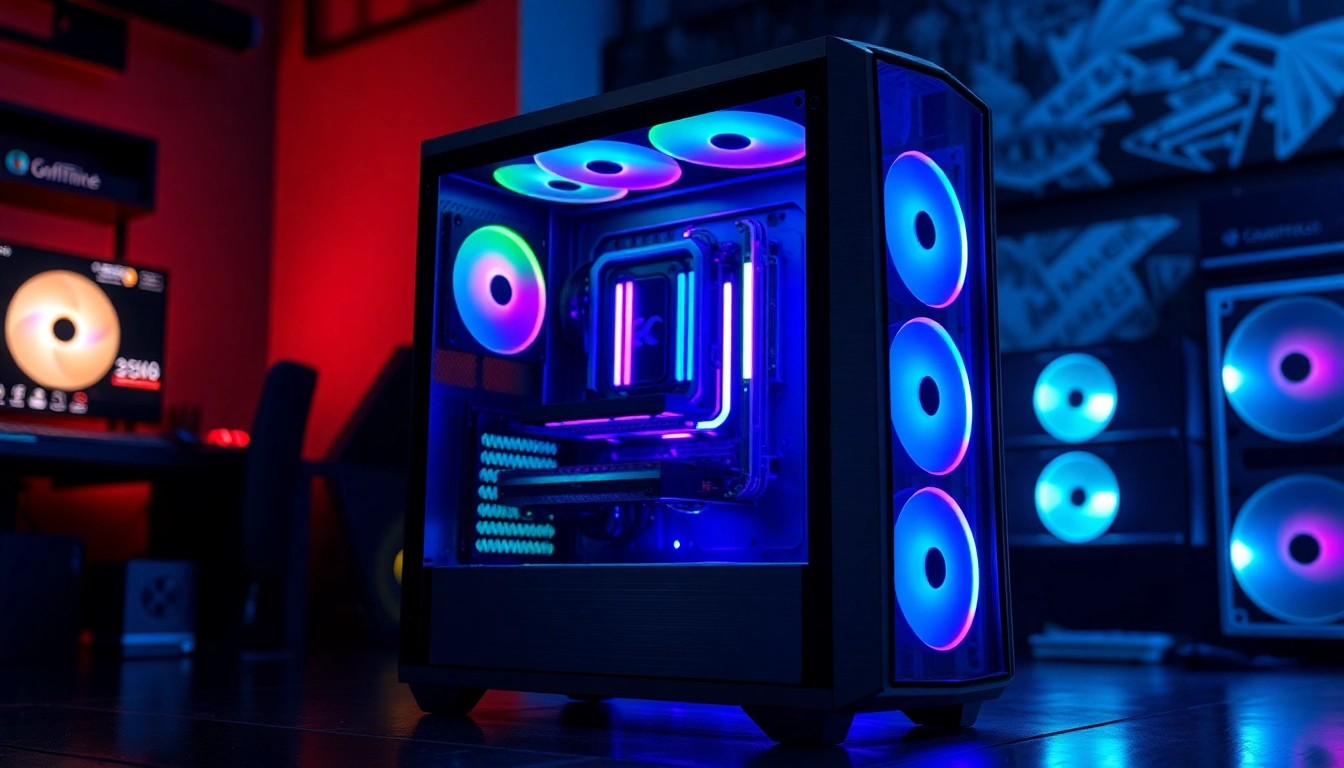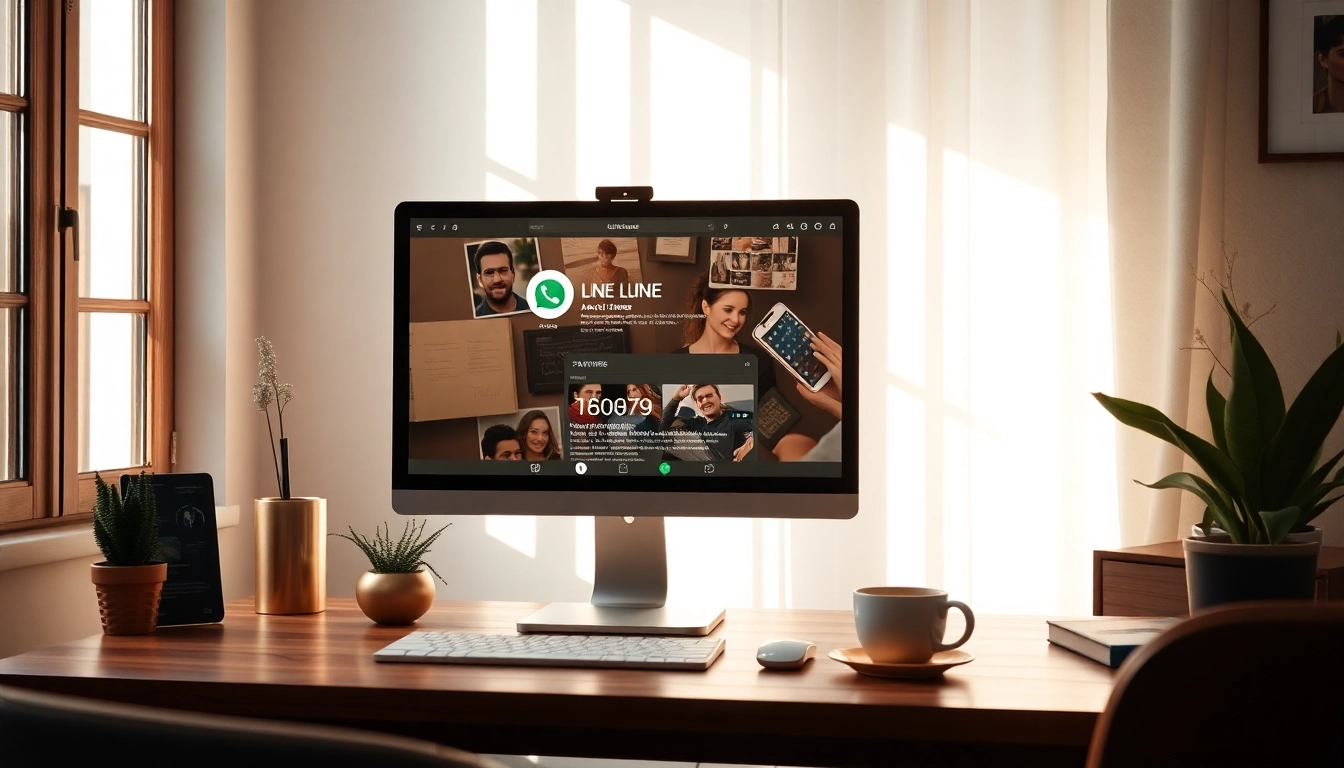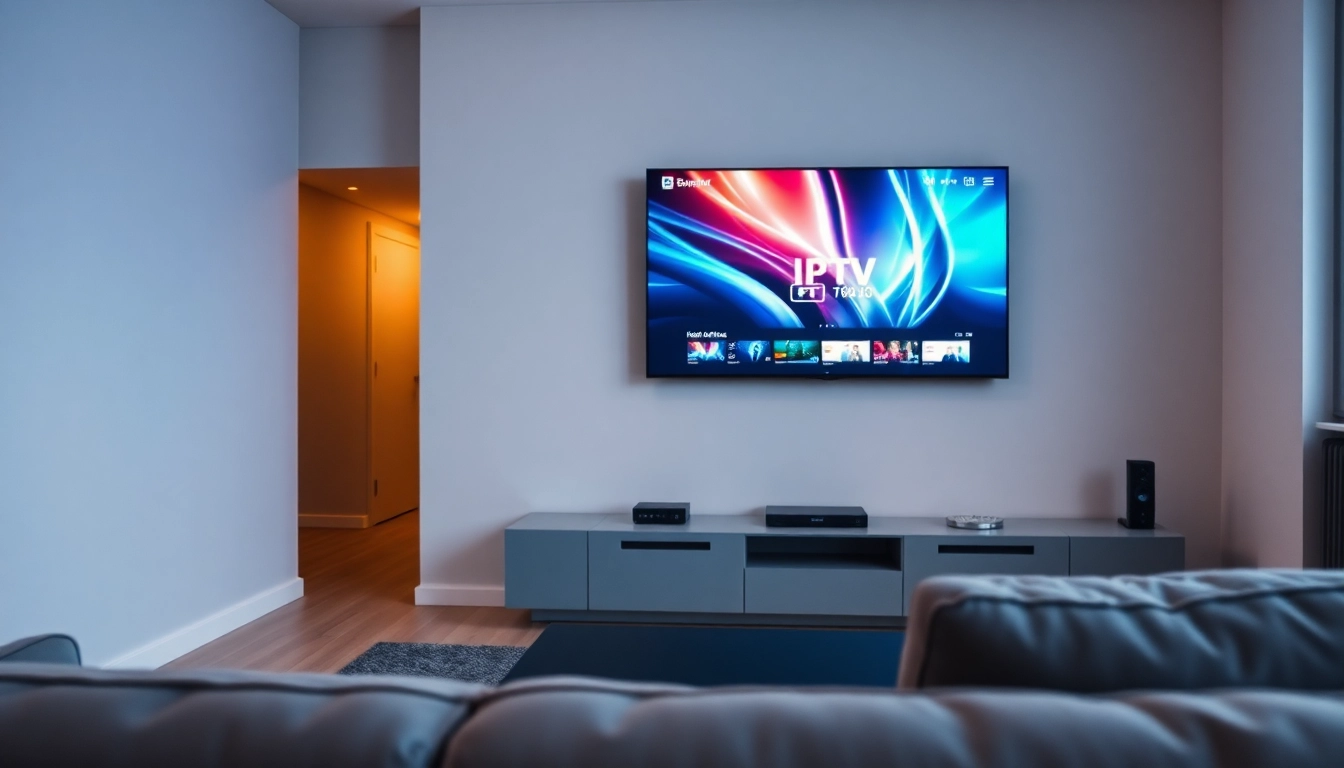Understanding Different Types of PC Cases
Choosing the right PC case is an integral part of building a computer. As a PC CASE Supplier, it’s crucial to understand the diverse styles and types of cases available in the market. From aesthetics to functionality, each case type serves different purposes, catering to various user needs—whether for gaming, professional workloads, or casual use. This section will explore various PC case types, focusing on vertical form factors, airflow, and aesthetic value.
1. Full Tower vs. Mid Tower vs. Mini Tower
PC cases typically come in three primary sizes: full tower, mid tower, and mini tower. Each serves specific needs and offers unique advantages:
- Full Tower Cases: These larger cases provide ample room for extensive cooling systems and numerous components. They are ideal for high-end builds with multiple graphics cards, large CPU coolers, and expansive storage options. The larger size also allows for better airflow and thermal management.
- Mid Tower Cases: Mid towers are the most popular type of PC case, striking a balance between size and functionality. They usually accommodate all standard components and provide adequate airflow and cooling possibilities. This makes them suitable for both gamers and general users.
- Mini Tower Cases: Designed for compact setups, mini towers offer limited space for components. They are ideal for users with fewer installation needs and those concerned about desk space. However, users must be mindful of component compatibility to ensure a proper fit.
2. Airflow and Cooling Considerations
Effective cooling is paramount for maintaining system performance. When purchasing a PC case, look for features that facilitate airflow. This includes:
- Fan Placement: Cases with ample fan mounts allow users to customize airflow effectively. More fans can enhance cooling, especially in high-performance builds.
- Mesh Panels: Cases with mesh side panels promote better airflow. They allow cool air to enter and heat to escape, leading to a more efficiently cooled system.
- Liquid Cooling Support: Some cases are designed with provisions for liquid cooling systems, which can offer superior cooling performance compared to traditional air cooling.
3. Aesthetics: Design and Color Options
Aesthetics are a major factor for many PC builders. Modern PC cases come in varied designs, colors, and form factors:
- Tempered Glass Panels: Cases featuring tempered glass panels enable users to showcase their components and internal lighting. This has become particularly popular among gamers and PC enthusiasts.
- RGB Lighting: Integrated RGB lighting allows for customizable aesthetics, enabling users to synchronize their lights with their overall build theme.
- Color Variety: From sleek black cases to vibrant custom paint jobs, the color variety matters for many builders looking to match their case to their environment or personal style.
Key Features to Look for in a PC Case
When selecting a PC case, several key features should guide your decision-making process to ensure compatibility and ease of use in your build:
1. Compatibility with Components
Always verify that the case accommodates your selected components, including the motherboard, GPU, and power supply:
- Motherboard Size: Make sure the case supports your motherboard size, be it ATX, Micro-ATX, or Mini-ITX.
- GPU Length: Check the maximum GPU length supported by the case to ensure there’s enough space, especially for larger graphics cards found in gaming setups.
- Cooling Systems: If you plan on using a specialized cooling system, ensure your case has the necessary room for it while allowing for effective airflow.
2. Cable Management Solutions
A well-organized PC is both aesthetically pleasing and ensures optimal airflow. Look for cases that provide:
- Routing Holes: Cases with strategically placed holes allow cables to pass through without cluttering the interior.
- Cable Tie-down Features: Having tie-down points or included cable ties helps maintain cable organization and can improve airflow.
- Removable Dust Filters: To keep your build clean, dust filters that are easily removable help maintain a neat appearance and efficient cooling system.
3. Expandability and Upgrade Options
Your PC case should allow for future upgrades without needing a complete replacement. Factors to consider include:
- Extra Drive Bays: Look for cases with additional drive bays for future storage upgrades, helpful for users who may require more space later on.
- Expansion Slots: Sufficient expansion slots will enable you to install additional graphics cards, sound cards, or other expansion cards as needed.
- Space for Upgrades: Ensure there is enough clearance for larger coolers or additional components that may come out in the future.
Popular Brands and Their Offerings
The market is filled with reputable PC case suppliers, each offering unique features and valued enhancements. Understanding their offerings can help you make an informed choice:
1. Leading PC CASE Suppliers Overview
A few top-tier suppliers dominate the PC case landscape:
- Cooler Master: Renowned for their innovative designs and effective cooling solutions, Cooler Master cases often feature their proprietary airflow enhancements.
- NZXT: A brand popular for their aesthetic and streamlined designs, NZXT cases often include advanced cable management systems and RGB lighting.
- Corsair: Known for their high-quality build and design versatility, Corsair cases offer a wide range of options from mid-tower to full-tower cases with premium build quality.
2. Comparing Features of Top Brands
While each supplier has its strengths, comparing features is crucial:
- Design Quality: Some brands focus on aesthetic design while others prioritize functionality, making your needs essential.
- Cooling Options: Look at the cooling configurations offered, such as fan support and compatibility with liquid cooling systems.
- Material Differences: Cases can be constructed from a variety of materials. Analyze whether aluminum, steel, or plastic suits your needs for durability and aesthetics.
3. Customer Reviews and Ratings
Before deciding on a PC case, reviewing customer feedback can be invaluable. Customers often share insights regarding:
- Ease of Build: Builders frequently discuss how user-friendly a case was during installation.
- Thermal Performance: Observations on whether the cooling system operates effectively can guide new builders on a case’s reliability.
- Overall Value: Evaluating whether customers feel they received value for their purchase helps gauge the expected return on investment.
Buying Guide: Selecting the Right PC Case
Selecting the right PC case is a task that requires careful consideration of several factors. This buying guide will ensure that you choose wisely based on your individual needs and budget.
1. Assessing Your Needs and Budget
Understanding your personal requirements is essential:
- Intended Use: Will your PC primarily function as a gaming rig, workhorse for high-end tasks, or a compact desktop for casual use? Your requirements will dictate what features to prioritize.
- Budget Constraints: Identify your budget early. Cases range significantly in price; knowing what you can afford helps narrow down options efficiently.
- Future-Proofing: Factor in the possibility of future upgrades. A slightly more expensive case may provide more future options.
2. Where to Buy: Online vs. In-store
Understanding the different purchasing avenues can also impact your buying experience:
- Online Shopping: Often provides a broader range of products, user reviews, and competitive pricing. Websites like Newegg or Micro Center offer extensive catalogs.
- In-Store Shopping: Offers the benefit of seeing the case firsthand and assessing build quality, design, and size directly.
- Price Matching: Both online and brick-and-mortar retailers often offer price matching, enabling shoppers to secure the best deals.
3. Tips for Safe Purchase and Returns
With thousands of options, check the store return policies; ensure you are protected in case the case does not fit your needs:
- Return Policies: Familiarize yourself with the return policy of the store. Easier return processes will feed into your overall buying experience.
- Shipping Costs: If purchasing online, ensure you factor in shipping; some deals may look attractive until the shipping costs are added.
- Insurance on Deliveries: For high-value purchases, consider insuring your delivery to protect against potential losses during shipping.
Maintaining Your PC Case for Longevity
Once you’ve set up your PC case, maintaining its longevity and performance is essential:
1. Regular Cleaning and Dust Management
Dust buildup can cause cooling inefficiencies, so regular cleaning is vital:
- Scheduled Cleanings: Decide on a cleaning schedule—every few months is advisable to maximize airflow and cooling.
- Use of Compressed Air: Gently use compressed air in appropriate areas to prevent dust accumulation.
- Installation of Dust Filters: Consider adding dust filters where applicable to minimize dust entry.
2. Upgrading Components Without Hassle
The ease of upgrading your PC case hinges on its design:
- Consistent Upgrades: Choose cases that enable simple component swaps; ample space and good cable management reduce time spent on upgrades.
- Component Compatibility: Stay conscious of the compatibility of parts that you intend to upgrade. Regularly check for advancements in size or power needs of newly released components.
- Guides and Documentation: Referencing user manuals or online resources can facilitate upgrades without error.
3. Troubleshooting Common Issues
Every PC build can encounter hiccups, so learning to troubleshoot basic issues can save time and effort:
- No Power: Check connections and ensure the power supply is functioning correctly. Often, reseating connections can resolve this issue.
- Overheating: If your system is overheating, reassess airflow in your build, and consider adjusting fan placements or adding more fans.
- Noisy Operation: If noise levels spike, inspect for loose components or consider adding sound-dampening features.



